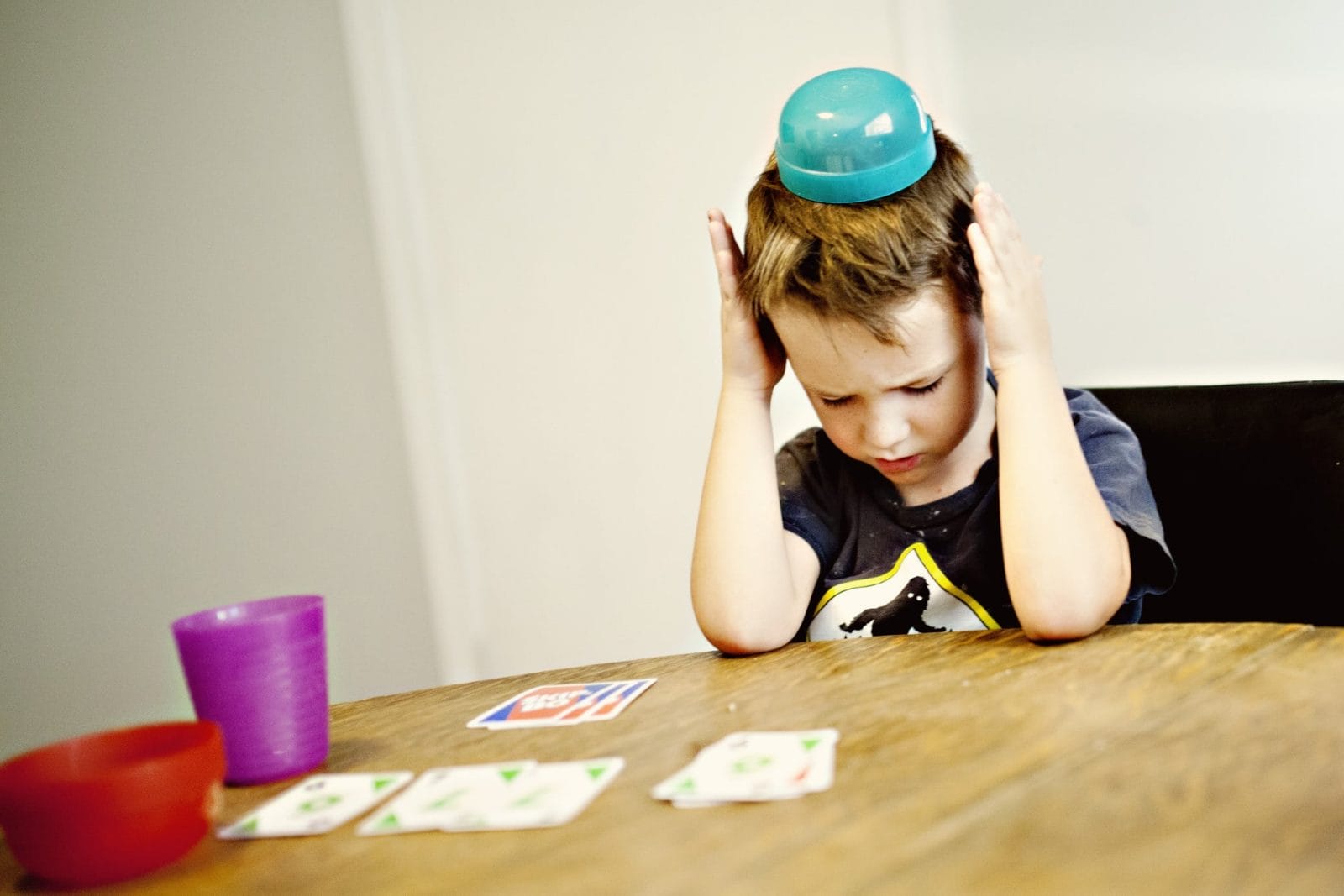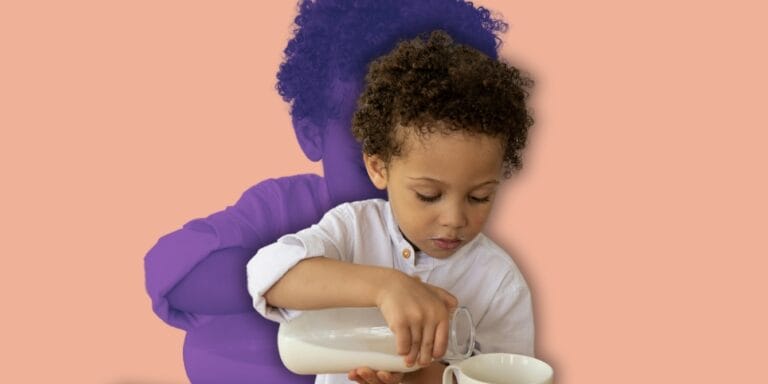Children’s quarantine grief can look like anger—here’s how to respond

Your love has never been more important, mama.
Table of Contents
COVID-19 has taken the world by storm and profoundly changed the lives of children and families. Children aren’t going to school and many businesses have temporarily shut down. Many parents are working from home and essential front-line workers like doctors and nurses are working longer hours with increased risk and stress.
This is a scary and uncertain time for all of us, but
especially for children. Through media and conversations at home, children are likely hearing about COVID-19 frequently. They are also witnessing the obvious changes the virus has had on their lives and daily routine.
Childhood grief and loss
Loss can be
defined as a universal experience of change. We typically think of loss in terms of the finality of death. However, there are many experiences of loss in a lifetime. Everything that involves change involves loss—such as the change in normalcy or in children’s daily routine as a result of COVID-19.
Grief is our emotional responses to change and loss. This includes reactions we experience through feelings, physical sensations, thoughts and behaviours. The change related to COVID-19 has created feelings of
grief for both children and adults. It’s imperative that parents support children’s unique grief experiences and expressions during this difficult time.
Children’s expression of grief
The psychiatrist Elisabeth Kübler-Ross developed a model of the
five common stages of grief. These stages are fluid and may not occur in a predictable order. Children may experience variations of the same stage more than once, and others may skip a stage or two.
The first stage is denial, which helps children to cope with the loss. Denial is characterised by reactions such as avoidance, confusion, shock and fear. Children may be confused as to why they can’t go to school, or why they can’t do fun things with their friends and families because of a virus. This might look like avoiding educational activities and conversations about the virus or their current circumstances.
The second stage is anger, characterized by frustration and anxiety. During this stage, children will express feelings which they have been suppressing. As a result of COVID-19, children may feel abandonment by their friends and teachers, and a loss of security and control in their lives.
This may be especially true for children who feel safer at school due to less stable, nurturing and supportive home or family life. Children don’t have the experiences in life to
explore these thoughts and feelings as rationally as adults.
Therefore, children often express
undesirable behaviors like clinginess, bed wetting, difficulty sleeping, thumb sucking, temper tantrums and difficulty concentrating. These may all be expressions of their confusion about what is happening in their world.
The third stage is bargaining. During this stage, children attempt to bargain with their parent or a higher power to negotiate a new reality. They may promise to clean up their toys, wash their hands really well or wear a mask—if only they could go back to school, see their friends or play at the park.
The fourth stage is depression, characterized by feelings of helplessness. Children may enter this stage when they realize their bargaining will not change their circumstances. The child may withdraw, avoid interactions with parents and siblings, and decline invitations to spend time playing or engaging with loved ones. Depression may also manifest in physical symptoms such as stomach aches, headaches and exhaustion.
The final stage is acceptance, marked by feelings of security and readjustment. During this stage, the child comes to terms with their new routine and reality. At this point, children understand that just because things are different for the moment, it doesn’t mean things won’t go back to normal later.
Tips for parents
To encourage and facilitate children’s expression of grief, parents can:
Provide children with honest and simple information: Children need accurate information about the virus and the changes happening in their life so they can avoid filling in the gaps with misinformation and increasing worries.
Respond to children’s fears and emotions: Respond sensitively to children’s needs and think about the environment your family creates and maintains. For example, playing the news in the background can feel scary and may increase children’s worries and physical stress responses. It’s important for developing trust that parents tell children the truth; it’s OK to admit you don’t know or to respond to the child’s emotion.
Stick to your routine: Children naturally thrive in a routine. This is important for their development of self-regulation.
Significant change in a child’s routine can create a sense of loss in control and may cause changes in a child’s behaviours. Provide children with some structure and some autonomy over their daily tasks. Setting expectations for children of what they need to accomplish in their day, such as reading a chapter or short story. This will provide them some support for
self-regulating difficult feelings such as loss or fear.
Invite nonverbal cues: Children are resilient and can get through this scary time with the support of a loved one. You can create a caring, warm and loving environment by sitting next to or hugging your children, which makes them feel safe and allows them freely express their emotions. Children may express themselves through drawing, writing in a journal, singing, dancing, crafts or taking pictures.
Finally, everyone may experience these stages of change and loss as we get through this unpredictable and unknowable time. Be kind to yourself; allow yourself time and space to experience and process your own grief experience.
As a parent, listen and love. Encourage expression in any way that is comfortable and healing to them, and to you.
[Editor’s note: Nikki MartynProgram is the Head of Early Childhood Studies and Elena Merenda is the Assistant Program Head of Early Childhood Studies at the University of Guelph-Humber. This article was first published on The Conversation.]
![]()


































